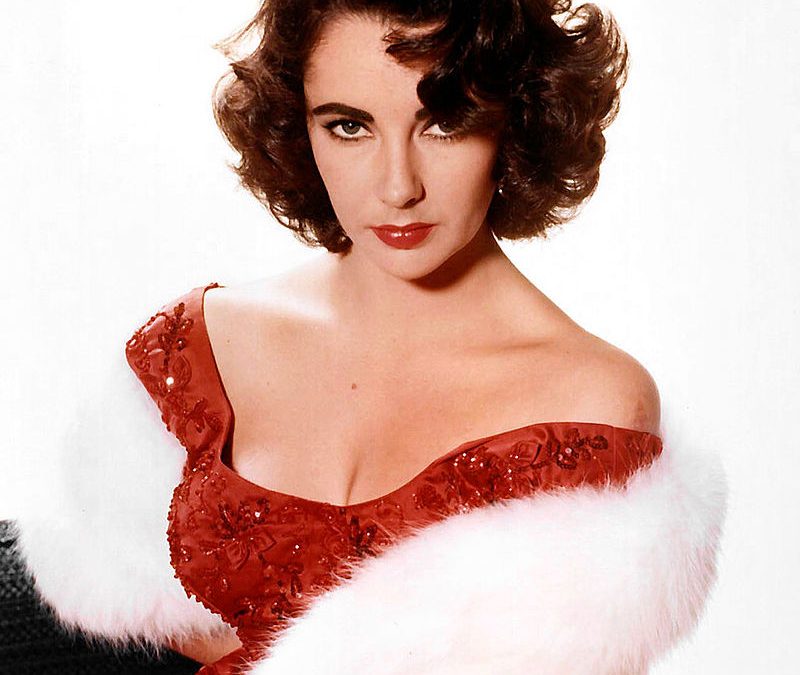Elizabeth Taylor-The Passing of a Great Star and Humanitarian
By George Khoury
Did it matter that she married eight times and twice to the same man? We were more proud of her humanitarian commitments than her films. After her death, Bill Clinton said that “her legacy will continue the good works and save lives”
There always seemed to be Elizabeth Taylor. We enjoyed her in such films as National Velvet (1944), Giant (1956), Cat on a Hot Tin Roof (1958), Suddenly, Last Summer (1959), Cleopatra (1963), Butterfield 8 (1960), Who’s Afraid of Virginia Woolf. (1966), The Taming of the Shrew (1967). Taylor was a star on television with made for TV credits as well as appearances on soap operas. She also conquered Broadway as well. She even played opposite her former husband Richard Burton in “Dr. Faustus.”
She raised millions of dollars for AIDS research, received the Presidential Citizens Medal, the Legion of Honor and a Life Achievement Award from The American Film Institute. Taylor was also named the seventh “Greatest American Screen Legends.”
Although born in England her parents were Americans from Kansas. Her father was an art dealer while Mom was a former actress. Sensing the war in Europe would continue to grow, the family arrived in New York in 1939. They settled in Los Angeles where her father reestablished his art gallery. The gallery attracted the Hollywood elite who opened doors for the family.
Very quickly executives at MGM and Universal were interested in signing young Elizabeth to a contract-even without a screen test. In 1940 she made a forgettable film for Universal. Her beautiful eyes could not have saved her. Those deep blue eyes were only augmented with a mutation that gave her double eyelashes. It was rumored that the director said, “Her eyes are too old, she doesn’t have the face of a child.” Taylor always explained it as “having an old soul.”
Luckily MGM treated her better by putting her in Lassie Come Home (1943). The film was so successful that she was signed to a seven-year contract for $100.00 a week with regular raises. Her National Velvet (1944) made her a star-but it came with a price. While making the film, she fell off of the horse and injured her back. It would become a chronic and painful issue for the rest of her life.
She was one of the first of the Hollywood crowd to admit there was an AIDS problem. She organized and hosted events and helped raise more than $270 million. While in the Betty Ford Clinic, she met and married her last husband, Larry Fortensky. They were married October 6, 1991 at the Neverland ranch and divorced October 31, 1996.
Her health was always looming in her life. She was hospitalized over 70 times and had more that 20 major surgeries. She was 5’4” and her weight ranged from 119- 180 pounds in the 1980s.Taylor broke her back five times, had both her hips replaced, had a hysterectomy, skin cancer and pneumonia twice.
In November 2004, she announced she had congestive heart failure. In 2009 she had cardiac surgery to replace a leaky valve.
I n February 2011 she was admitted for symptoms of congestive heart failure. She remained there until her death at 79 years old on March 23, 2011. Her four children were at her side.
At the reading of her will, she left Larry Fotensky enough money to pull him out of poverty and purchase a home.
She won two Academy Awards and had been honored universally for touching many lives – Ms. Taylor was also responsible for saving and prolonging many lives as well.

